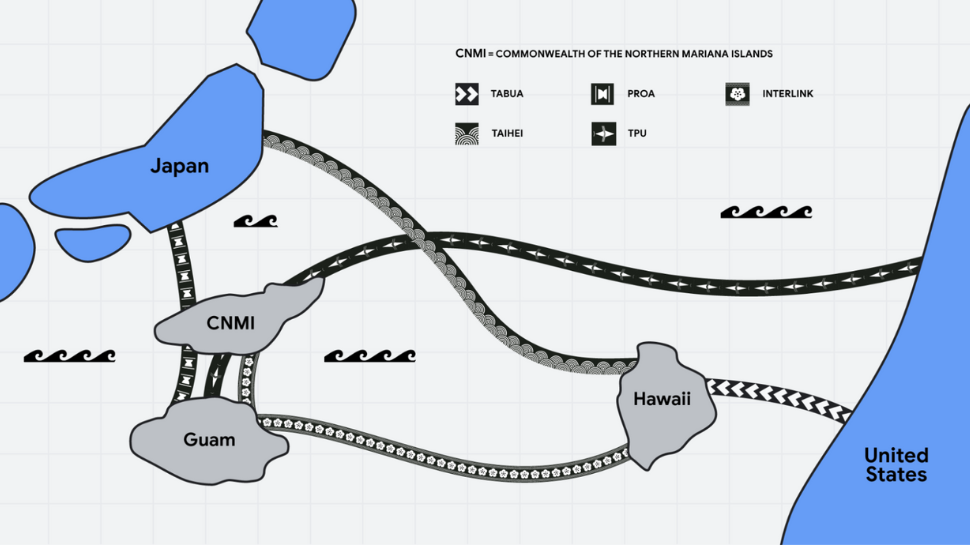
Google has announced a collaborative project backed by $1 billion in funding to improve digital connectivity to Japan by installing two new subsea cables.
The collossal investment, part of its Pacific Connect initiative, is a continuation of the company’s existing work across the Pacific, including the pair of subsea cables announced in October 2023, connecting the US and Australia via French Polynesia and Fiji.
Google’s project expansion involves a commitment to laying a series of cables spanning from Japan to the US, traversing through key locations such as Hawaii, Guam, and the Commonwealth of the Northern Mariana Islands (CNMI). This extensive network is set to significantly enhance digital connectivity across the Pacific region.
Google new subsea cables
Together with partners including KDDI, ARTERIA, Citadel Pacific, and the CNMI, Google’s new fiber-optic cables are hoped to improve the reliability and resilience of digital connectivity between the two countries and multiple Pacific Island countries and territories.
The first of two cables, called Proa, will connect Japan to Guam via the CNMI, and derives its name from a type of traditional sailing canoe used in the Marianas.
The second, Taihei, which means both ‘peace’ and the ‘Pacific Ocean’ in Japanese, will form a link between Japan and Hawaii.
As part of Google’s ongoing works to connect Pacific nations, it has also committed to extending its Taiwan-Philippines-US (TPU) cable to the CNMI, as well as connecting Tabua (which previously connected Australia to the US via Fiji) to Hawaii.
To further improve performance and reliability, the tech giant has also confirmed plans to fund an interlink cable between Hawaii and the CNMI, which passes through Guam.
Arnold I. Palacios, Governor of the CNMI, commented: “The name 'Proa'... encapsulates the essence of connectivity and cultural heritage… perfectly aligning with our vision for a more connected, resilient, and technologically advanced Pacific region.”
Besides improving connectivity, Google revealed the economic secondary effects of its investments, citing a $400+ million contribution to the Japanese GDP over the past decade. Other socioeconomic benefits, such as skill development and career opportunities, were also mentioned.
More from TechRadar Pro
- Store your data online with the best cloud storage and best cloud backup tools
- Make the most of your Internet connection with the best Wi-Fi routers
- Google is building a subsea cable linking the US to Australia







